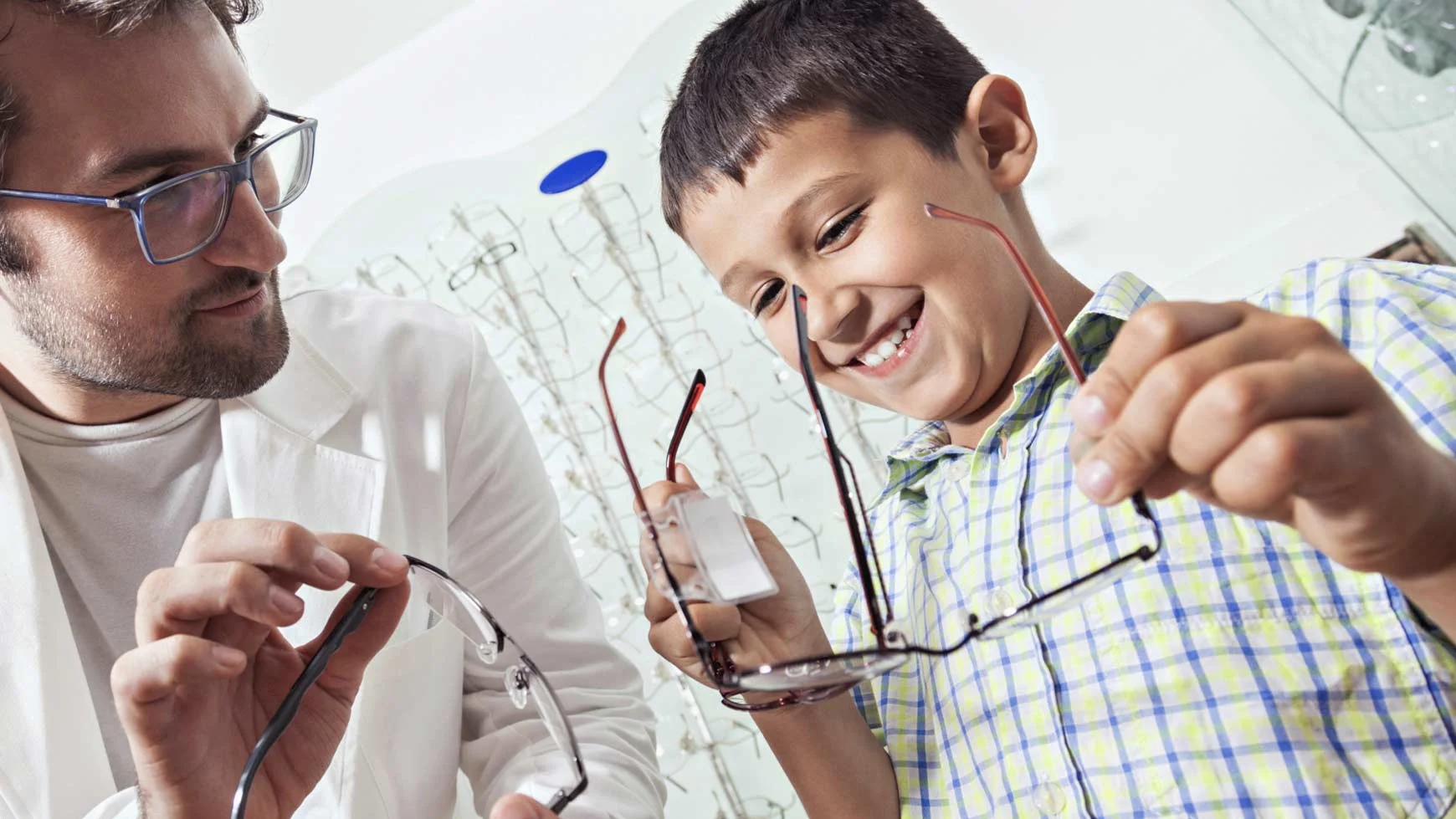Much is said regarding ‘Learning Styles’ in pedagogical and psychological circles. In the end, we all learn according to a system that takes into account a) the nature of the problem to be solved, b) our relative motivation, and c) our innate and learned strengths. It is a truism that we all learn differently and that we all have different gifts for problem solving (and isn’t the classroom just a series of problems to be solved?). It is also true that any discussion or research around learning styles is really only useful if it leads to better intervention clinically.
I’ll add that there are no true ‘visual learners’ or ‘auditory learners’. We all learn by integrating sensory information from all available modalities, it is up to the teacher-therapist to provide multiple modal experiences to engage clients and students broadly and let them integrate things in a manner suited to their needs. Nowadays, there is really only a visual-auditory emphasis in education with extreme limitations in physical and sensory interactions.
My emphasis in client interactions is from the perspective of a doctor/technician, former teacher, working in the realm of human visual function. I assess cases based on biometrics, principles of optometry and ophthalmology, and very importantly on history and behaviour – what I see happening in front of me. If there is something wrong with the visual system, health, overall neuromuscular function, it will become apparent – this includes psychological and psychiatric concerns where medications might impact on vision. Everything else will be a matter of environment, nutrition, sleep habits, engagement with exercise and the outdoors, family/social time, electronics addiction – and all of these need to be addressed in every encounter.
We can talk about neurodiversity and what is ‘neurotypical’, but I have never once seen ‘typical’. There are trends, tendencies, and likelihoods, but no child or client is ever typical in the sense that allotting them to a group, such as ‘neurotypical’ or ‘neurodivergent’ is not especially helpful. Assessment is a matter of running through systems to see what is working, what is well integrated, and to some extent to determine level of function relative to peers – a practice I question, but I also recognize that marginal scores drive funding. There are most often some elements that can and should be addressed through ophthalmics, orthoptics, and medical intervention. In a subset of cases, due to development or trauma, function may be depressed and limited and additional therapy would be indicated, such as vision, learning, and vestibular therapies.
My general rule is simple: Your client or child should not generally struggle with work, school, or recreation. That said, if you have any doubt about what you see in front of you, then there is no doubt. Attend an optometrist for general functional vision exam with a review of ocular health. It’s easy and can and usually does lead to helpful follow-up advice, including possible referral to other relevant professionals. Next rule: Don’ t worry, don’t assume anything is wrong; take the answers you get, follow through on advice given, take notes.
Aside from that, engage the child or client in open spaces, on table tops, on the floor. Keep them moving, busy to the extent they can tolerate things. Avoid excess use of electronic devices, substitute with myriad creative and helpful options around the house such as cooking, tidying, building blocks, pots and pans, imagined lakes of lava on the floor, crocodile walking up/down stairs. There is no harm in pursuing vision and body development programming on your own accord – any person when challenged will grow and develop at accelerated rates compared to one who is sedentary or lacking diversity in experiences and behaviours.
The attached grid gives a somewhat functional view of three-differing approaches to learning based on observed behaviours. It is useful in that it can assist parents in detecting learning trouble and the nature of the trouble, but can also assist in guiding therapeutic intervention. It is not designed to be a scientific or standardized tool for assessment. Have a look, food for thought only, not professional advice.
In the end, the best answer if there are any concerns about child behaviour is to work with allied professionals to engage in a general assessment of fundamentals. Start with your corner optometry clinic.


